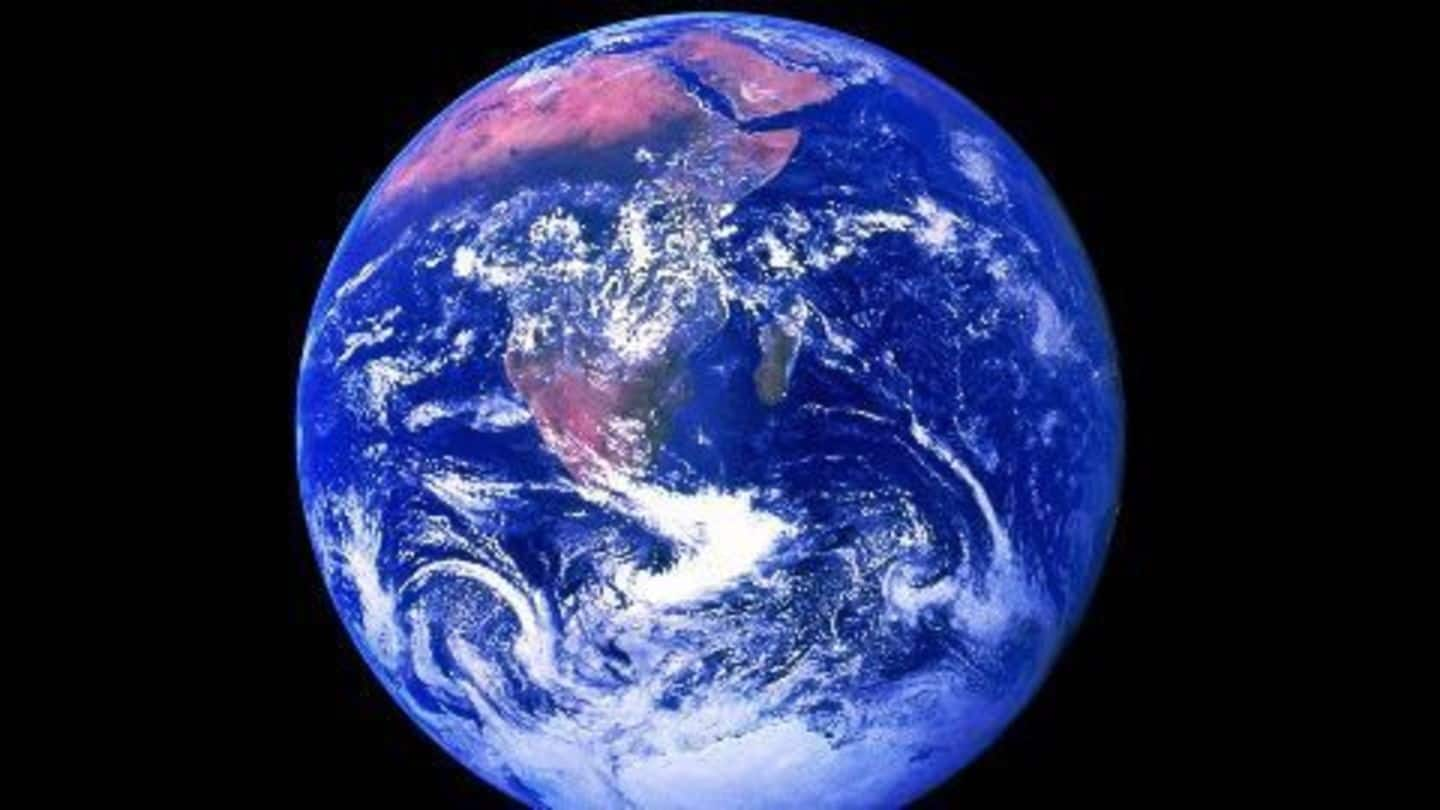
Rising sea levels risky for 40 million Indians
What's the story
The Global Environmental Outlook (GEO-6): Regional Assessment report states that the rising sea levels will put nearly 40 million Indians at risk by the year 2050.
People in Mumbai and Kolkata will face maximum vulnerability to coastal flooding in the future, having limited capacity to adapt due to their fixed location.
Rapid urbanisation and economic growth are projected as the main causes.
Information
What is GEO?
The Global Environment Outlook (GEO) administers various environmental assessments and reports on the state, trends and outlooks of the environment. It also produces a series of products that informs environmental decision-making and aims to facilitate the interaction between science and policy.
23 Oct 2014
GEO-6 is set in motion
In October 2014 in Berlin, Germany, the sixth edition of the UNEP flagship Global Environment Outlook (GEO-6) assessment was set in motion by governments and stakeholders.
Expected to be launched in mid-2017, it would build upon regional assessment processes.
It would also list down environmental factors that contribute to human well-being and analyse policies leading to better attainment of global environmental goals.
Sea Level
Why do sea levels rise?
Global warming is the principle cause of sea level rise.
80% of the heat added to the atmosphere is reserved by oceans. When the sea water warms, it expands in volume.
Melting of glaciers, ice caps and ice sheets caused by the increase in Earth's surface temperature also causes rise in sea-levels.
Excess carbon deposits in the atmosphere also contribute to the rising sea-levels.
Do you know?
Alarming rise in sea levels likely
The two ice sheets on Earth today cover most of Greenland and Antarctica. Greenland's ice sheet is melting faster than ever before. There is enough water stored in the East Antarctic ice sheet to raise sea levels by 164 feet (50 meters).
Findings
The GEO-6 Regional Assessment report
The UN environment report states that in terms of sea level rise affecting the population, 7 out of 10 most vulnerable countries belong to the Asia Pacific Region.
According to the report, highly urbanised areas of China, India and Thailand face increased future exposure to climate extremes.
This is due to changes in settlement patterns, urbanisation and socio-economic status of the people.
India
India to be severely affected
The Intergovernmental Panel on Climate Change (IPCC) forecasted that the sea levels in India will rise at the rate of 2.4 mm a year.
This means that by 2050, the total increase will be 38 cm.
Climate change and sea-level rise will aggravate multi-dimensional poverty.
By 2050, areas of storm surge zones will appear in India amongst other countries, risking 58 million lives.